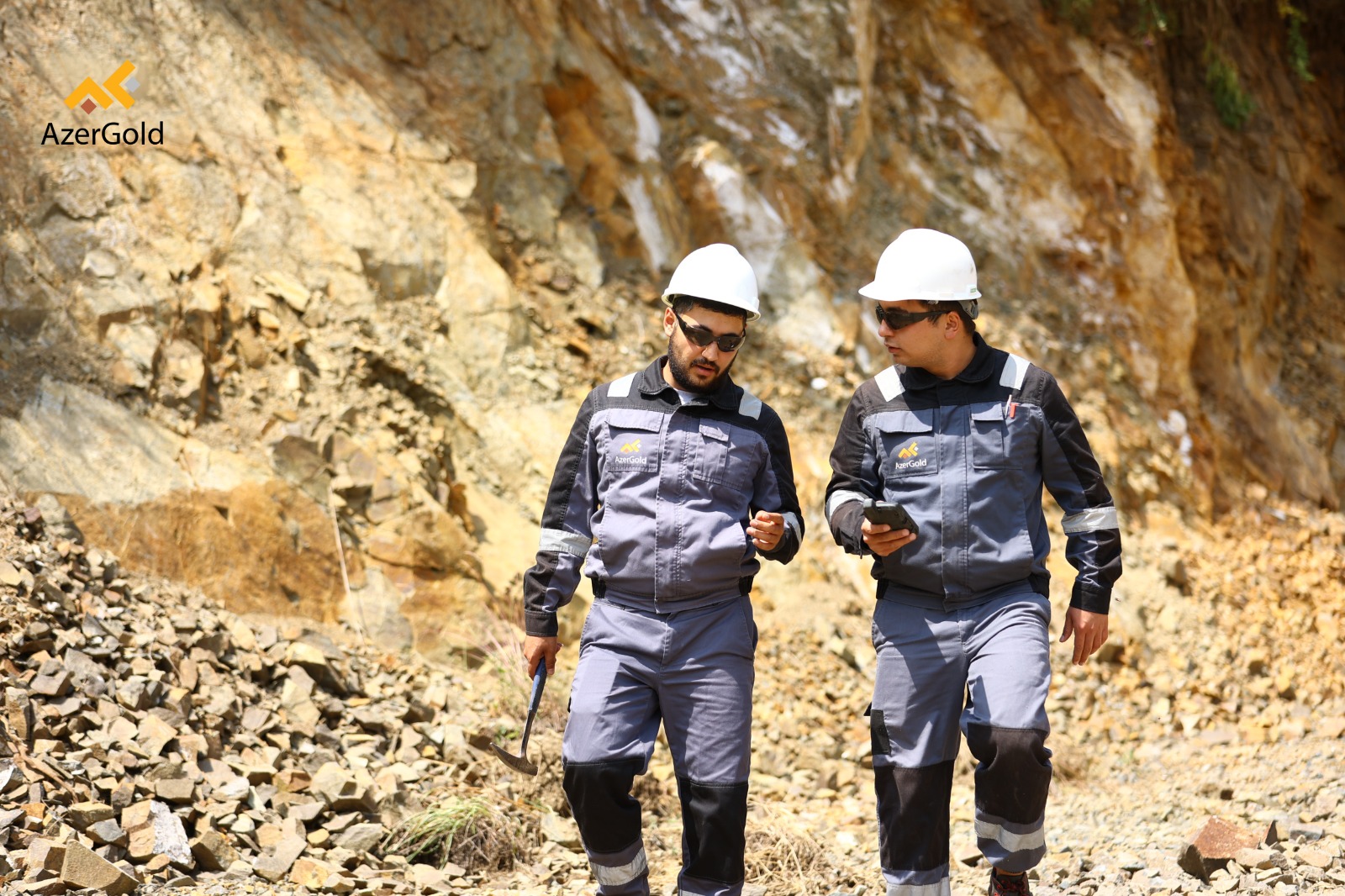BAKU, Azerbaijan, November 14. One of the main objectives of AzerGold CJSC is to ensure the sustainable management of Azerbaijan’s non-ferrous and ferrous metal ore deposits and their effective utilization, a source in the company told Trend.
According to the source, the state company conducts intensive exploration and research activities aimed at improving the efficiency of utilizing Azerbaijan’s mineral resources and launching new mining projects.
The geological exploration efforts undertaken by AzerGold in the economic regions of Karabakh and Eastern Zangazur prioritize the identification of new mineral resources and the re-evaluation of reserves within existing deposits. In addition to these regions, AzerGold is also advancing geological exploration programs focused on ores, non-ore deposits, and surface manifestations across other areas of Azerbaijan.
In accordance with a decree issued by the President of the Republic of Azerbaijan, Ilham Aliyev, on June 22, 2023, the exploration program managed by AzerGold spans an area of 15,409 square kilometers. This includes the territories of the Small Caucasus mountain range, as well as the Karabakh, Eastern Zangazur, Gazakh-Tovuz, and Ganja-Dashkasan economic regions, along with the Nakhchivan Autonomous Republic," the source highlighted.
The source further emphasized that a key feature of the exploration initiative is the integration of modern, innovative, and environmentally responsible technologies.
"Non-invasive search methods, such as hyperspectral satellite imagery and airborne electromagnetic surveys, are employed. These methods enable the identification of promising areas in a short time, significant savings on expensive drilling operations, and allow research to be conducted in smaller areas with precise coordinates. As a result, geological data is obtained without interference with the surface in a short time.
The research and evaluations conducted using these advanced technologies are anticipated to be completed by the end of 2027. Upon completion, comprehensive exploration and assessment work will be finalized for the sections of the Small Caucasus mountain range within Azerbaijan and the Nakhchivan Autonomous Republic. Additionally, existing geological maps and databases will be updated, and the preliminary phase of exploration will be concluded," the source further noted.
The source underscored the significant scientific and economic value of the results stemming from the nationwide geological exploration and research.
"These findings will pave the way for the identification of new, promising areas, where subsequent research and potential mining operations will be carried out by state-designated operators. The execution of large-scale mining projects in these areas will play a pivotal role in advancing the mining industry, strengthening the non-oil sector, and bolstering the overall economic growth of the country. Moreover, these initiatives are expected to enhance the social welfare of the region."
The preliminary geological findings indicate that the territories of Karabakh, Eastern Zangazur, Gazakh-Tovuz, Ganja-Dashkasan, as well as the Nakhchivan Autonomous Republic, exhibit considerable mineral resource potential. The discovery of new deposits and the expansion of existing reserves are deemed realistic prospects in the coming years," the source concluded.







